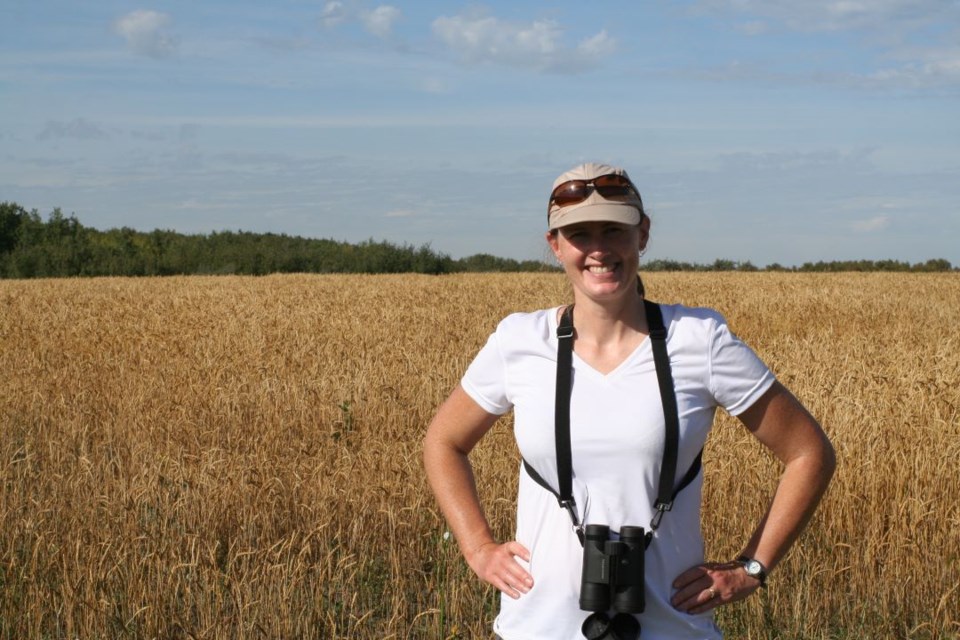SASKATOON — With access to more than 800,000 acres of crop yield data from farmers’ combines, Dr. Christy Morrissey (PhD) and her colleagues are looking to find sustainable solutions that will benefit both producers and the Prairie ecosystem.
According to Morrissey, marginal lands are often not profitable to producers as they have saline, wet or dry soils and present challenges for growing crops, making turning a profit difficult to achieve. Morrissey said these areas often are sinks for fertilizer and pesticide applications which have both economic and environmental impacts.
Through her research program, Morrissey and her colleagues are hoping to study the benefits in transforming these lands into systems that will help the environment and farmer’s bottom line.
“We are working directly with farmers to identify and convert their marginal lands which have the potential to increase biodiversity, improve soil organic carbon, reduce greenhouse gas emissions, and save them money,” said Morrissey.
The project will use satellite imagery trained on combine yield data to find and locate marginal croplands across the vast Prairie region.
“Many crop fields contain areas of marginal soil that are farmed annually at a loss, but these could help Canada achieve its net zero goals by harnessing the power of nature to sequester more carbon,” said Morrissey.
Morrissey is working closely with colleagues from the College of Agriculture and Bioresources including Dr. Melissa Arcand (PhD), Dr. Tristan Skolrud (PhD), and Dr. Steve Shirtliffe (PhD), who are lending their expertise in soil science, economics and satellite mapping.
But the interdisciplinary collaboration doesn’t end at USask. Researchers from the University of Calgary, University of Manitoba, and Agriculture and Agri-Food Canada are providing insight into insect biodiversity, perennial forages and soil health.
Morrissey’s lab will focus on the benefits to birds and insects and how these conversions can contribute to pesticide use reduction. Her colleagues bring complementary expertise in agricultural economics, pollinators, landscape ecology, soil health, native and tame forage production, and AI for big data.
The project received an investment of $3.9 million over four years from the National Sciences and Engineering Research Council of Canada (NSERC) and a Social Sciences and Humanities Research Council (SSHRC) sustainable agriculture research initiative (SARI) grant. The NSERC-SSHRC SARI supports solutions-focused research that increases sustainable agriculture through innovation, new technologies and practices.
“We are really happy that NSERC-SSRHC is recognizing that solutions-based research is important and groundbreaking,” said Morrissey.
The funding will allow Morrissey and her colleagues to measure and obtain the data needed to support these creative and complex solutions.
The project also has 13 diverse partners including First Nations, non-profit organizations, major bank, government agencies, farming industry, crown corporations, and large equipment manufacturers.
“It’s a really diverse group that are committed to the idea and are helping to incentivize this to producers,” said Morrissey “They recognize the project is both good for the agricultural industry and good for the environment.”
— Submitted by USask Media Relations




